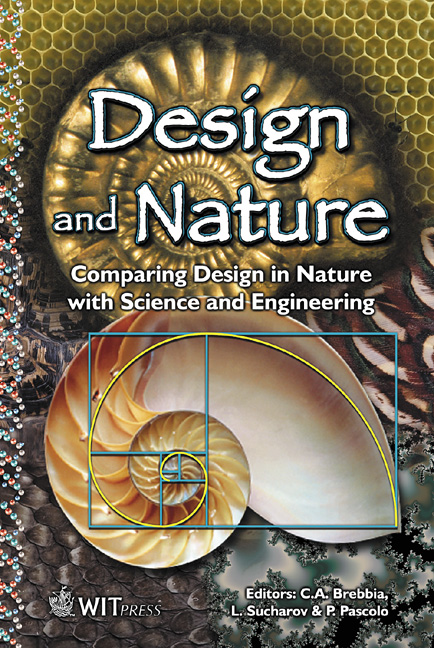Human Vision Principles Supporting Computer Aided Design
Price
Free (open access)
Transaction
Volume
57
Pages
Published
2002
Size
504 kb
Paper DOI
10.2495/DN020411
Copyright
WIT Press
Author(s)
N. Alves & P. Bártolo
Abstract
The rapid generation of computer models from existing buildings will enable to enhance creativity and innovation within the architectural design process. Over the past two decades, redesign has been extensively studied and several efforts to build computer models of architectural scenes have been made. However, the traditional methods of constructing models from existing buildings are particularly labour-intensive, implying the survey of the site, the digitisation of existing architectural drawings, or the modification of existing computer-aided architectural design data. In this paper a new approach based on the replication of the human vision process is proposed. This process uses two-dimensional photos to create three-dimensional computer models either to produce sophisticated photo-realistic renderings or to generate surface models for simulation purposes and rapid prototyping applications. The starting part of the computer code is briefly described in this paper from a mathematical perspective. 1 Introduction Architectural design is a very complex activity that encompasses some of the highest cognitive abilities of human beings, such as creativity, synthesis, knowledge and problem solving [1]. It is also a collaborative process where many experts of different fields generate spaces of design solutions emerging from new building ideas and concepts or existing buildings solutions through a redesign or reverse design process, which represents truly useful tools to create new and innovative design strategies. Therefore, an effective communication may constitute a major problem in building design, with the increasing specialization
Keywords





